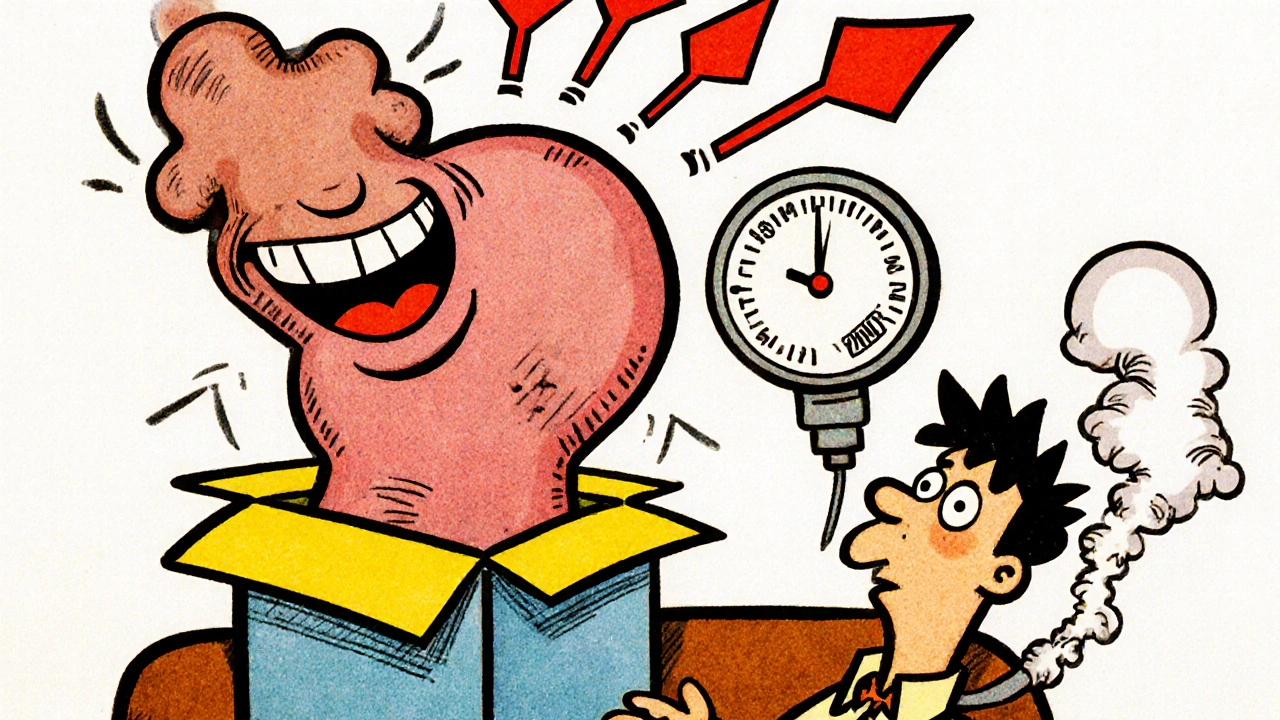Pheochromocytoma Surgery: What You Need to Know About Removal and Recovery
When a rare tumor called pheochromocytoma, a noncancerous growth on the adrenal gland that overproduces stress hormones like adrenaline. Also known as adrenal paraganglioma, it can cause sudden spikes in blood pressure, pounding headaches, and sweating—sometimes mistaken for panic attacks. Left untreated, it can lead to stroke, heart attack, or sudden death. The only cure is surgical removal, the standard treatment that eliminates the tumor and stops dangerous hormone surges.
Before surgery, doctors don’t just schedule the operation—they prepare your body. You’ll likely take alpha-blockers like phenoxybenzamine for weeks to control blood pressure and expand blood vessels. Beta-blockers may come later, only after alpha-blockers are working, to manage fast heart rate. Skipping this step is dangerous: removing the tumor without controlling hormones can trigger a life-threatening surge. This isn’t routine surgery—it’s a precision procedure that requires a team experienced in endocrine surgery. The tumor is usually removed through minimally invasive laparoscopic surgery, but larger or more complex cases may need open surgery. Recovery takes days to weeks, and most people see their blood pressure normalize quickly after the tumor is gone.
Not every adrenal mass is a pheochromocytoma. Doctors use blood and urine tests to check for excess catecholamines, then confirm with CT or MRI scans. Genetic testing is often recommended, since up to 40% of cases are linked to inherited syndromes like MEN2 or VHL. After surgery, follow-up is key—some tumors come back, and hormone levels need monitoring. If you’ve had unexplained high blood pressure that doesn’t respond to meds, or sudden episodes of sweating and racing heart, ask your doctor about pheochromocytoma. It’s rare, but treatable. Below, you’ll find real-world insights from patients and clinicians on what to expect before, during, and after the procedure—no fluff, just what matters.




